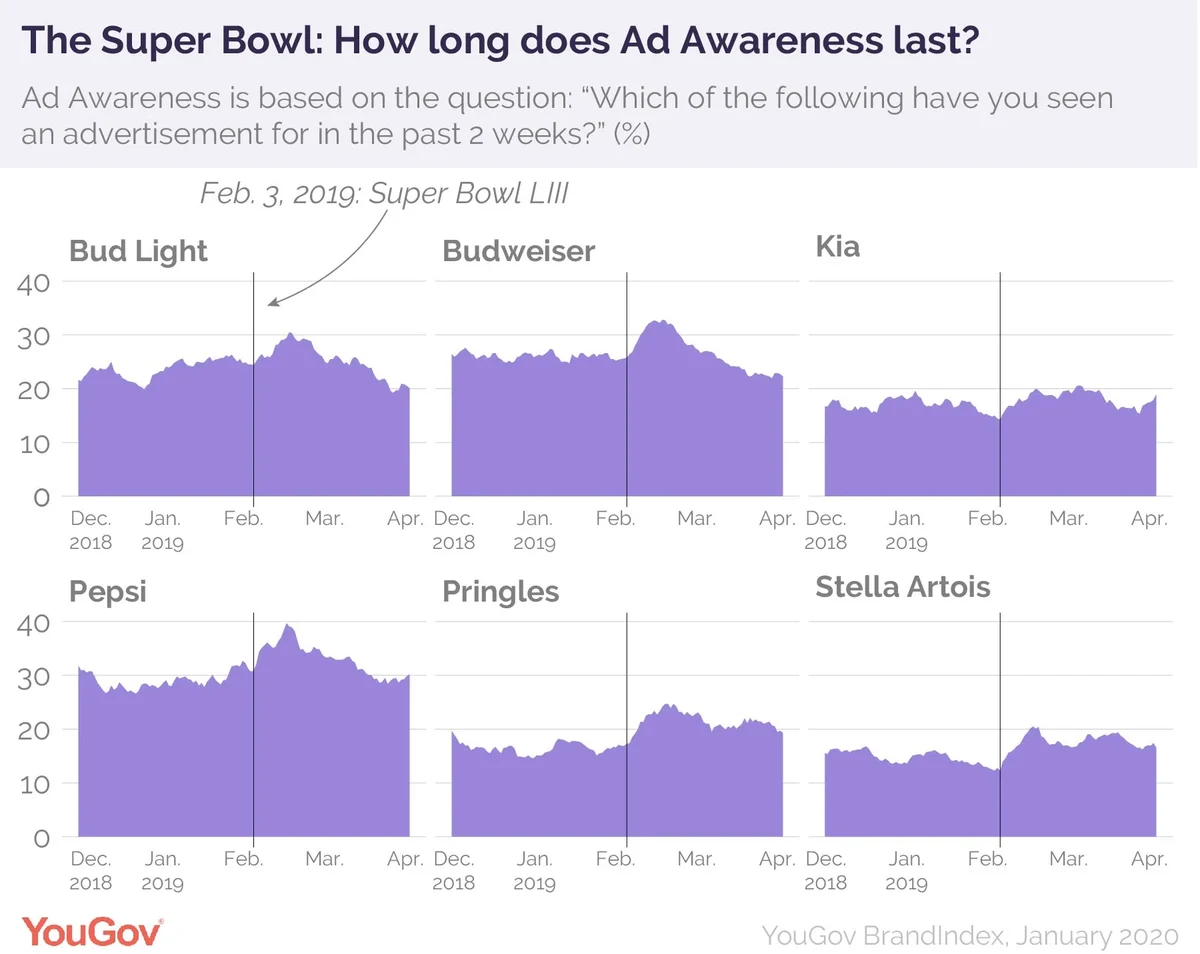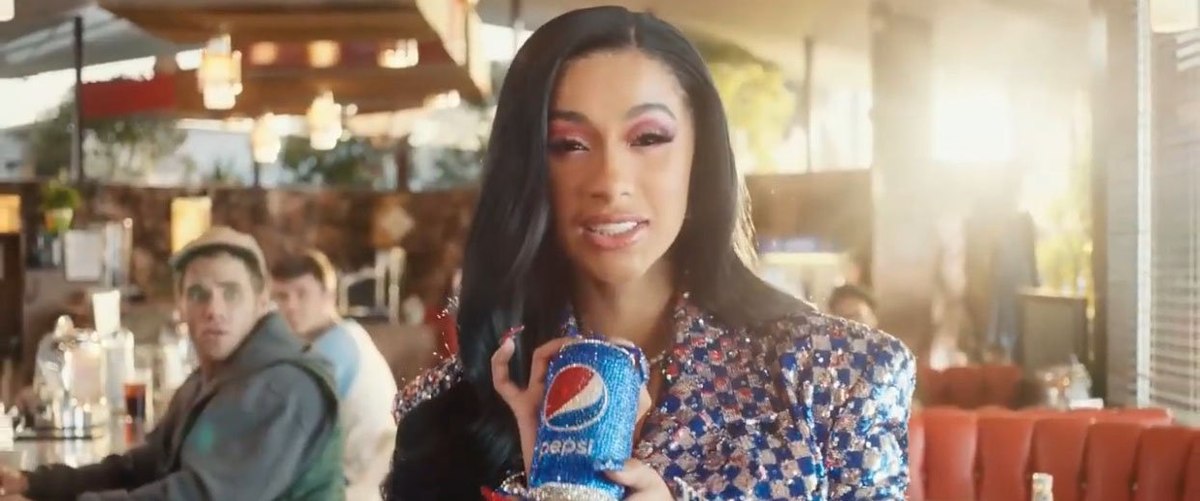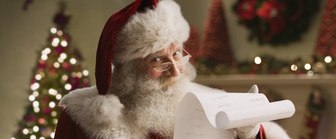In the Super Bowl advertising arms race, companies commit more and more resources each year for the privilege to be part of America’s biggest televised event.
In many cases it works. Super Bowl advertisements tend to raise the profile of a company’s campaign.
But how long do advertisements resonate with Americans? Obviously, that depends on a lot of things so YouGov dove into its BrandIndex tool to look at six repeat advertisers from the big game to pick out some trends.
We looked at each of the company’s Ad Awareness scores around Super Bowl LIII and noticed that scores generally peak about two weeks after game day. Ad Awareness is based on responses to the question “Which of the following have you seen an advertisement for in the past 2 weeks?”
Generally speaking, awareness for ads that ran in the Super Bowl comes back down in early to mid March.
A common thread among these marketing efforts? Nearly every campaign extended far beyond linear TV spot and used the hype to strengthen awareness. And brands are going beyond just releasing pre-game teasers or extended versions online.

Pringles, for example, saw sustained Ad Awareness for months following their 30-second spot. The Kellog chip brand ran an interactive, livestreaming connected TV campaign to complement its linear television spot. The Pringles "Sad Device” ad, by advertising agency Grey, features a man with his buddy asking an Alexa-like speaker how many Pringles flavor stack combinations there are. Spoiler: there are 318,000.
AB InBev also saw sustained Ad Awareness for Stella Artois after Sarah Jessica Parker reprised her role as Cosmo-sipping Carrie Bradshaw from Sex and the City along with Jeff Bridges as The Dude (known for his afinity for White Russians) from cult-classic film The Big Lebowski. In the spot by Mother New York, the two are seen picking Stella over their iconic drinks of choice. The duo, however, weren’t just lending their name to the beer brand. The ad was part of a larger campaign in partnership with water.org to bring clean water to the developing world.
Striking a more serious tone last year, Kia’s spot for its Telluride full-size SUV featured a small boy telling the audience about how the people of West Point, GA (where the vehicle is produced) aren’t famous, but the vehicles they produce will be. Alongside the David & Goliath-produced TV spot, Kia released a five-minute documentary about the town and set up a scholarship with the money it would have spent on hiring a celebrity spokesperson. Kia’s post-game sparkle lasted into March before it returned to pre-Super Bowl levels.
NFL advertising staple Budweiser also saw sustained advertising awareness after it ran a single in-game ad touting it’s green energy credentials by David The Agency. But the campaign was far more than just a 45-second spot: It announced plans to offset 100 per cent of the energy used to power the Super Bowl with renewable energy. Budweiser’s stablemate Bud Light had several spots set in medieval times, skewering the competition's use of corn syrup as a beer ingredient, which proved successful in boosting awareness scores.
After its Ad Awareness peaked at 40 percent after the game, Pepsi didn’t see that figure drop to below pre-game levels until well into March. Leaning into the fact that many Americans order Coke, Pepsi’s ad spot by Goodby Silverstein & Partners, features Steve Carell’s indignant response when a server asks if Pepsi’s ok? The ad cuts to Lil Jon and Cardi B after Carell’s impassioned speech, asking “”Are puppies ok? Is a shooting star ok? Is the laughter of a small child ok? Pepsi’s more than ok!”
Methodology: YouGov picked the top six Super Bowl advertisers that had the highest week-over-week change in Ad awareness score around the Super Bowl LIII. YouGov only included brands that ran an ad between kickoff and the end of the game. YouGov asks “Which of the following brands have you seen advertisements for in the last two weeks?” Metric is delivered as a percentage. Sample sizes range from 933 to 1,402 depending on brand.

















